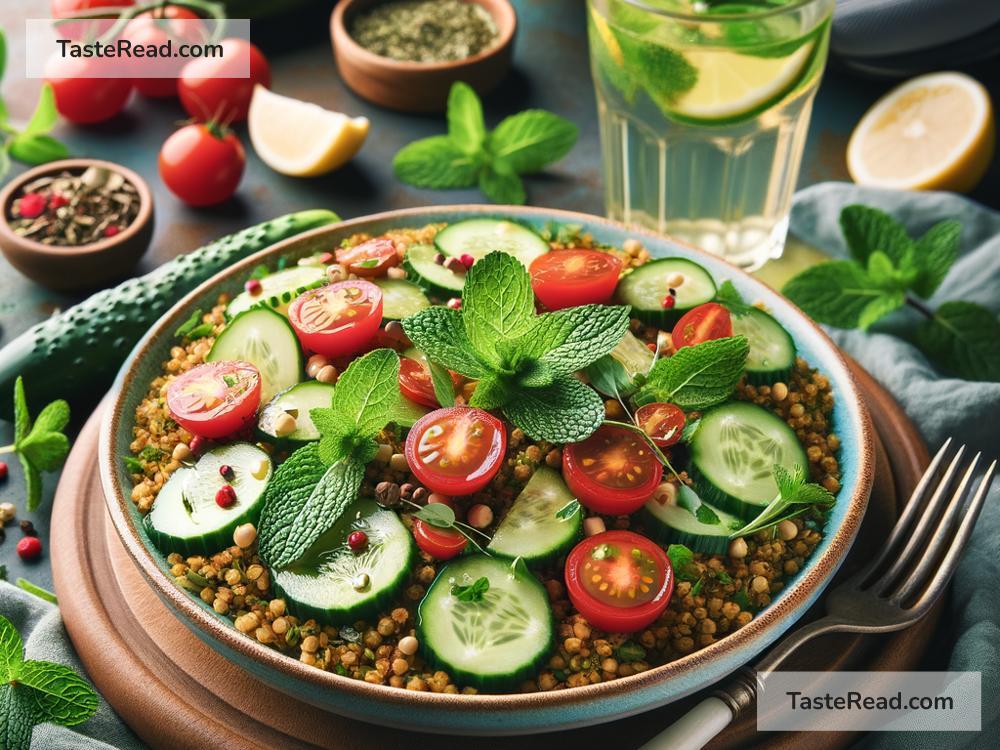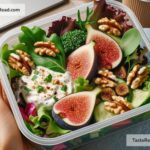How Freekeh Supports Hydration for Active Lifestyles
When it comes to staying active, hydration plays a key role in keeping your body energized and healthy. Whether you’re running, working out, hiking, or simply staying busy throughout your day, your body loses water through sweat and needs a steady supply of fluids to perform at its best. While drinking water is the most direct way to stay hydrated, your diet can also help. Foods rich in nutrients, fiber, and slow-releasing energy can support hydration—and one of those superfoods is freekeh!
If you’re wondering what freekeh is and how it helps hydration, let’s dive into it. This ancient grain has been gaining popularity among athletes, fitness enthusiasts, and anyone who loves delicious, healthy foods. Here’s everything you need to know about freekeh and how it can keep you hydrated and fueled for your active lifestyle.
What Is Freekeh?
Freekeh (pronounced FREE-kah) is a type of wheat that’s harvested when it’s still young and green. The grains are roasted over open flames to give them a smoky flavor. This process locks in their nutrients and makes freekeh delicious and highly nutritious. It has a chewy texture similar to barley or farro, which makes it great for salads, soups, or as a side dish.
Freekeh is especially popular in Middle Eastern and Mediterranean cuisines, but it’s becoming a global superfood thanks to its impressive health benefits.
Why Hydration Matters for an Active Role
Your body is mostly water—about 60%. This water helps keep your muscles strong, joints lubricated, and blood flowing smoothly, especially when you’re active. Unfortunately, intense activities like running or working in hot conditions increase water loss through sweat. If you don’t properly replace the water you lose, dehydration can set in, leading to fatigue, muscle cramps, and even reduced performance.
Hydration isn’t just about drinking water. Water needs to work alongside nutrients like electrolytes to be absorbed effectively by your body. This is where foods like freekeh come in—they provide the nutrients and energy that support hydration from the inside out.
How Freekeh Supports Hydration
Here’s how freekeh can help you stay hydrated when leading an active lifestyle:
1. Rich in Fiber
Freekeh is packed with fiber, which plays a surprising role in hydration. Fiber absorbs water in your digestive system and creates a gel-like substance that slows down digestion. This helps your body retain water longer, keeping you hydrated throughout your activities. Fiber also supports gut health, preventing dehydration caused by digestive issues.
2. High in Protein
Freekeh is naturally high in plant-based protein. Protein is essential for muscle repair and recovery, especially after physical activities. While protein isn’t directly related to hydration, it helps your body use fluids efficiently during recovery periods, so you stay energized longer.
3. Contains Key Vitamins and Minerals
Freekeh is loaded with important nutrients like magnesium, potassium, and zinc, all of which play a role in hydration:
– Magnesium helps regulate muscle function and prevent cramps that can occur when dehydrated.
– Potassium balances the fluids inside your cells and helps replenish electrolytes lost during sweating.
– Zinc supports your immune system, which may get strained during intense physical activities.
These nutrients make freekeh perfect for rehydrating your body after exercise. Pair it with plenty of water, and your body will recover faster.
4. Provides Slow-Releasing Energy
Many grains, like white rice or pasta, provide quick energy but burn out fast. Freekeh, however, is a whole grain that releases energy slowly, thanks to its fiber and protein content. This is especially helpful for active individuals who need sustained hydration and energy throughout their day. Slow-releasing energy prevents sugar crashes and helps your cells retain water longer.
5. Easy to Use in Hydrating Meals
Freekeh is versatile and easy to include in hydrating meals. You can cook it like rice and combine it with other hydrating ingredients, such as cucumber, spinach, and tomatoes. Pair it with protein-rich foods like chicken or chickpeas for a complete meal that keeps you hydrated and full of energy.
How to Add Freekeh to Your Diet
If you’d like to try freekeh, here are some simple ideas:
– Breakfast Bowl: Cook freekeh and top it with yogurt, fresh fruit, and seeds for a hydrating breakfast.
– Salad: Toss cooked freekeh with cucumbers, cherry tomatoes, feta cheese, and olive oil for a cool, refreshing salad.
– Soup: Mix freekeh into vegetable or chicken soup for a hearty meal that replenishes your fluids.
– Side Dish: Serve freekeh as a side dish instead of rice or quinoa—season it with herbs and lemon juice for extra flavor!
Conclusion
Freekeh might not replace your water bottle, but it offers essential support to hydrate your body from the inside out. Its fiber, protein, vitamins, minerals, and slow-releasing energy work together to keep your body functioning well during an active lifestyle. When paired with plenty of water and other hydrating foods, freekeh can help you feel your best while taking on life’s challenges.
So, the next time you’re planning a busy day or a tough workout, consider adding freekeh to your meals. This ancient grain is simple to cook, delicious, and packed with hydration-supporting nutrients. Give it a try—you might just feel the difference!


